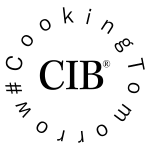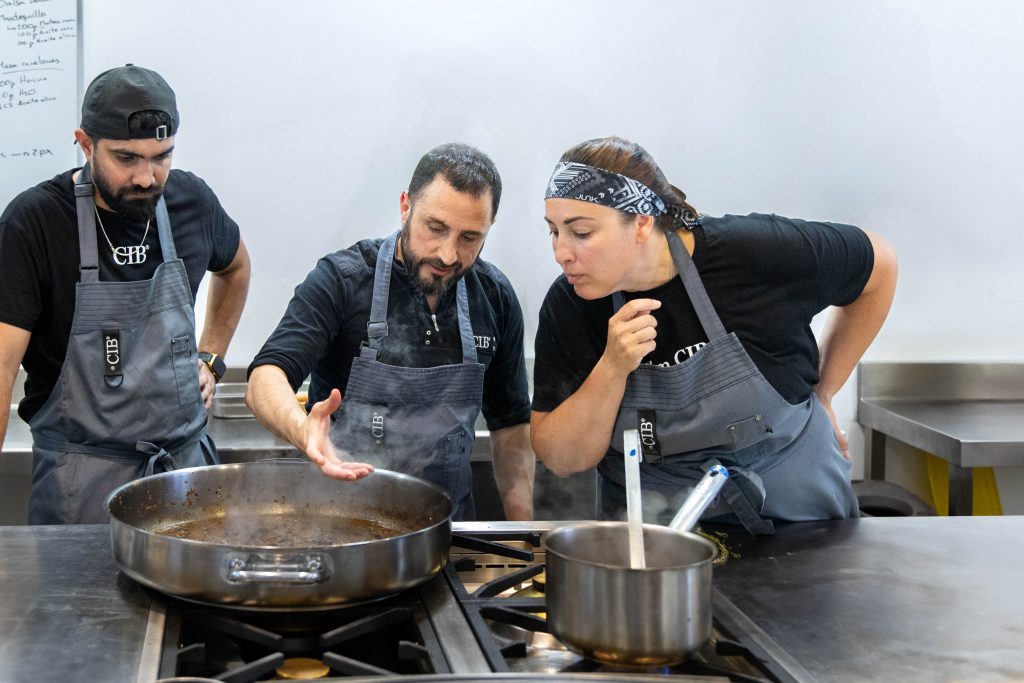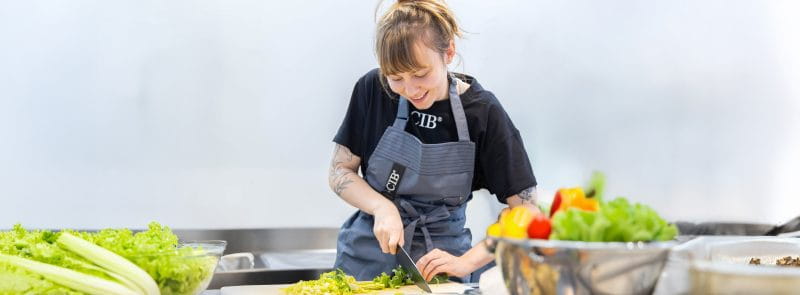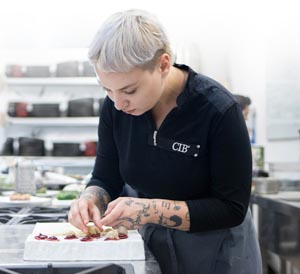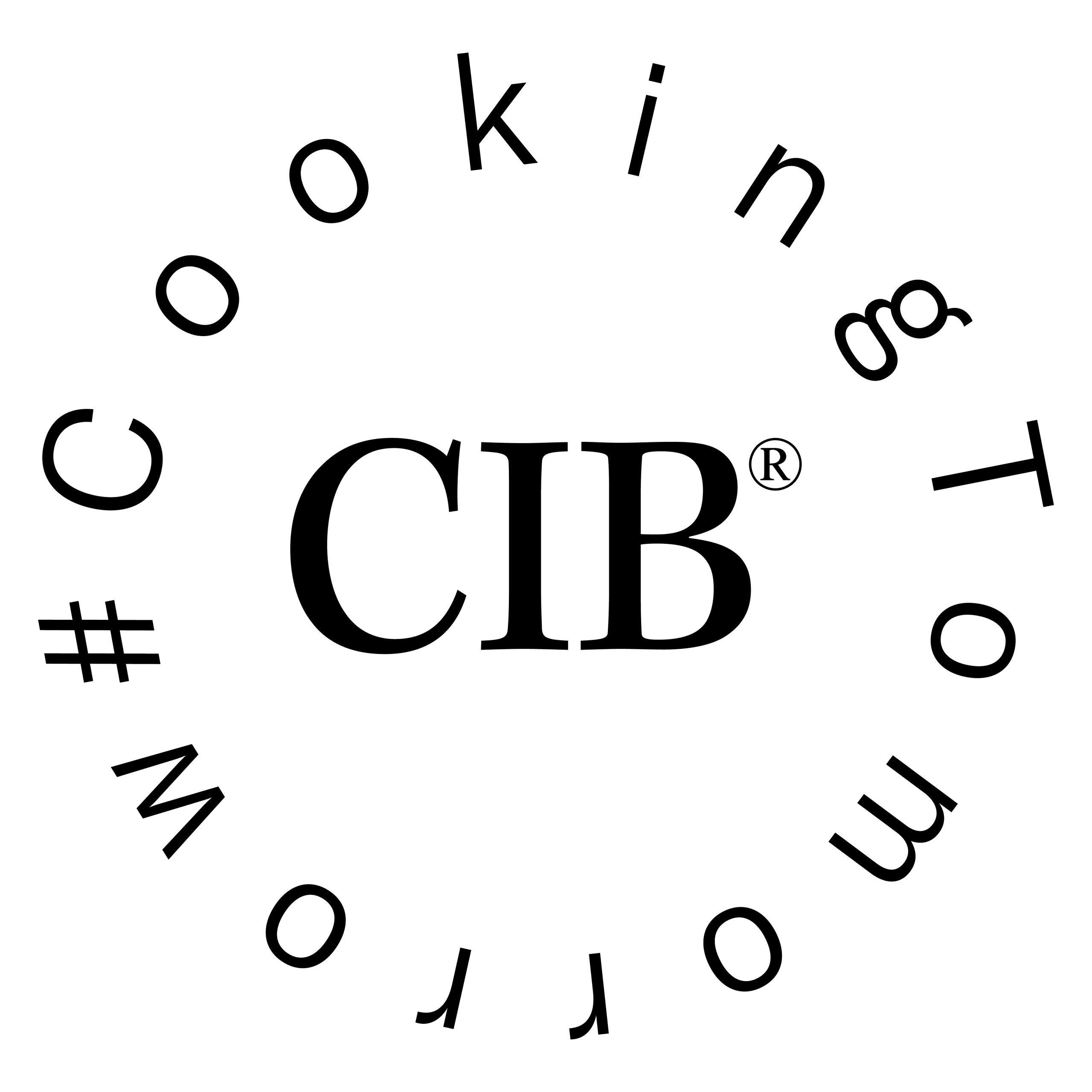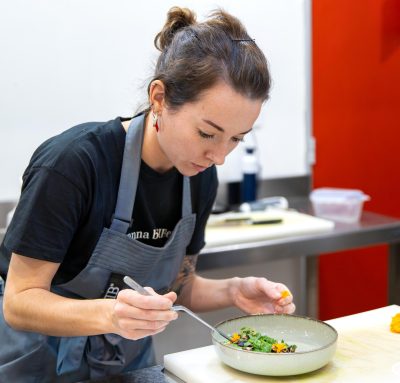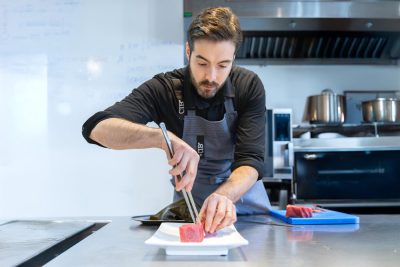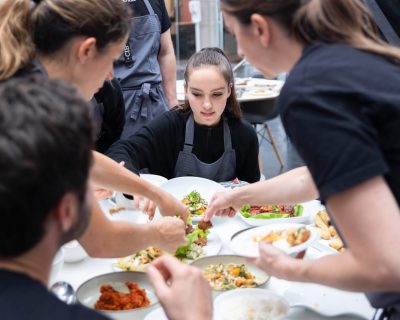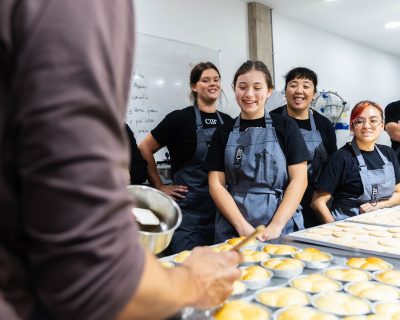Sustainable gastronomy isn’t just about the ingredients we choose—it’s also about how we prepare them. Healthy cooking methods, or low-impact culinary techniques, are a cornerstone of responsible and forward-thinking cuisine. Alongside local and seasonal ingredients, biodiversity, responsible consumption, and reducing food waste, healthy cooking practices play a key role in modern kitchens.
These food preparation methods help reduce energy use, limit greenhouse gas emissions, optimize water usage, and in many cases, preserve the nutritional value of the food. For chefs focused on health-driven cuisine, mastering these cooking techniques is no longer optional—it’s essential. Using these methods doesn’t mean sacrificing creativity or flavor. On the contrary, it involves adapting our culinary approach to be more efficient, nutritious, and sustainable.
Consumer behavior is also shifting. More people now seek food that supports their health without compromising on taste or environmental responsibility. This means today’s complete chef must master both traditional and innovative cooking methods through a lens of wellness, sustainability, and professional excellence.
Which healthy cooking techniques are common?
Steaming
One of the healthiest ways to cook food, steaming helps retain nutrients, vibrant color, and natural textures. Perfect for vegetables, fish, and seafood. It’s also an energy-efficient technique that research shows preserves vitamins and minerals effectively.
Dry heat through baking or roasting
These methods cook food without large amounts of fat, enhancing natural flavors and achieving crisp textures. Using residual heat or convection can also improve energy efficiency.
Direct heat grilling
Grilling provides quick cooking with minimal oil. Ideal for lean meats, fish, and vegetables, this preparation method adds depth of flavor while supporting a healthy diet.
Complete cooking by boiling
Though some nutrients may be lost in water, boiling is effective for legumes, whole grains, and hearty vegetables—especially when the cooking water is reused for broths or sauces.
Stir-frying
When done with minimal oil and high heat, stir-frying is a healthy cooking practice that retains texture and flavor. It’s popular in plant-based dishes and perfect for quick vegetable-centered meals.

Microwave as a healthy cooking method
A fast, low-energy technique that, when used properly, retains much of the food’s nutritional value. Ideal for quick prep of vegetables and grains.
Pressure cooking
Cuts down cooking time while preserving nutrients—especially for legumes and stews. It also conserves energy and water.
Poaching
A gentle method involving low-temperature liquid. Great for delicate proteins like eggs or fish, helping avoid the need for added fats.
Blanching
Used to lock in color and texture, reduce strong flavors, or prepare food for freezing. A common healthy food preparation method for vegetables.
“Al papillote” technique
This method cooks food wrapped in parchment paper, sealing in moisture and flavor without needing extra fat. It’s healthy, elegant, and simple.
What other healthy techniques should a professional chef master?
Sous-vide
Cooking food in vacuum-sealed bags at low temperatures ensures excellent texture, flavor, and nutrient retention. It’s also efficient and minimizes waste.
Dehydrating
Ideal for preserving food without refrigeration and creating snacks or components with unique textures.
Braising
Slow-cooking with minimal fat in a flavorful liquid enhances taste while keeping dishes light and healthy.
Fermentation and pickling
These age-old techniques offer probiotic benefits, extend shelf life, and enhance flavor complexity. Fermented foods support gut health and are increasingly used in wellness-focused menus.
Bain-marie cooking
This gentle water bath technique is perfect for nutrient-sensitive ingredients or smooth, delicate preparations like custards or vegetable flans.
In professional kitchens, the layout also matters. Energy-efficient appliances, water-recirculation systems, and heat-recovery extraction hoods contribute to sustainable cooking practices without sacrificing performance.
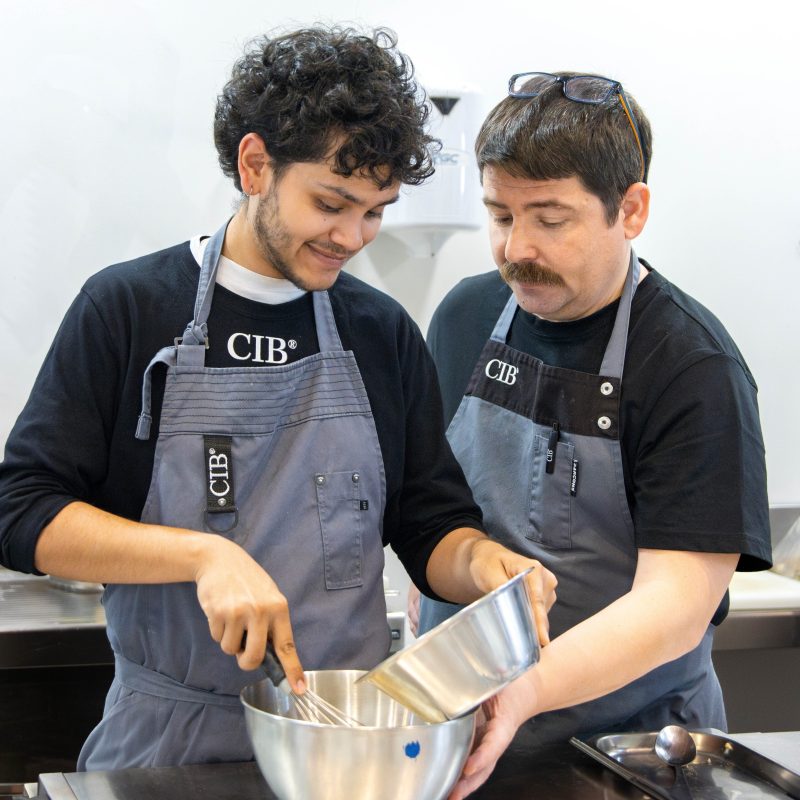
What are the healthiest cooking techniques?
To avoid deep-frying and reduce reliance on oils, these are considered some of the healthiest cooking methods:
- Steaming (e.g., vegetable dim sum)
- Baking or roasting (e.g., rosemary sweet potatoes)
- Grilling without added fat (e.g., spice-marinated zucchini)
- Air-frying (e.g., lentil croquettes)
- Sous-vide (e.g., tender carrots with sesame oil)
- Microwave (e.g., oatmeal or quick veggie bowls)
- Cooking “en papillote” (e.g., citrus-infused white fish)
All of these techniques support a balanced, nutrient-rich diet while enhancing flavor and texture naturally.
Healthy cooking as a lasting trend
Healthy cooking is no longer a niche interest—it’s a global culinary shift. From metabolic health to environmental responsibility, the modern chef must embrace cooking methods that prioritize wellness and sustainability.
According to the World Resources Institute, shifting to more plant-based diets and using lower-impact preparation methods can dramatically reduce the carbon footprint of our food systems.
What should you look for in a healthy cooking training program?
The best culinary programs in health-focused cuisine go far beyond teaching technique. They offer a comprehensive understanding that connects food, science, sustainability, and creativity. Here are the essential pillars:
- Vegetable-centric creativity: Training should teach you to build plant-based menus, explore botanical gastronomy, and master vegan and vegetarian cooking—including healthy, egg- and dairy-free desserts.
- Knowledge of dietary trends: From anti-inflammatory diets to ketogenic, raw, Ayurvedic or intermittent fasting models, understanding current wellness philosophies is key to innovation.
- Personalized nutrition: Learn to tailor menus for different physiological stages, medical conditions, or hormonal needs with culinary flexibility.
- Science-driven cooking: Understanding microbiota health, nutritional fundamentals, food intolerances, and the application of psychoneuroimmunology (PNI) enables chefs to make food a tool for well-being.
- Sports nutrition principles: Learn how to design meals for energy optimization, muscle recovery, and athletic performance.
- Purposeful innovation: Techniques like sous-vide or low-temperature cooking can elevate dishes while preserving their nutritional integrity.
- Seasonal and local sourcing: A responsible chef values ingredient origin, sustainability, and proximity—working with nature as a pantry.
- Creative and collaborative mindset: Healthy gastronomy is built through experimentation, teamwork, and a passion for crafting dishes that add value and meaning.
This vision is embodied in the PEC·H Integrative & Healthy Cooking program at CIB, which trains culinary leaders ready to transform kitchens with health and sustainability at the core.
